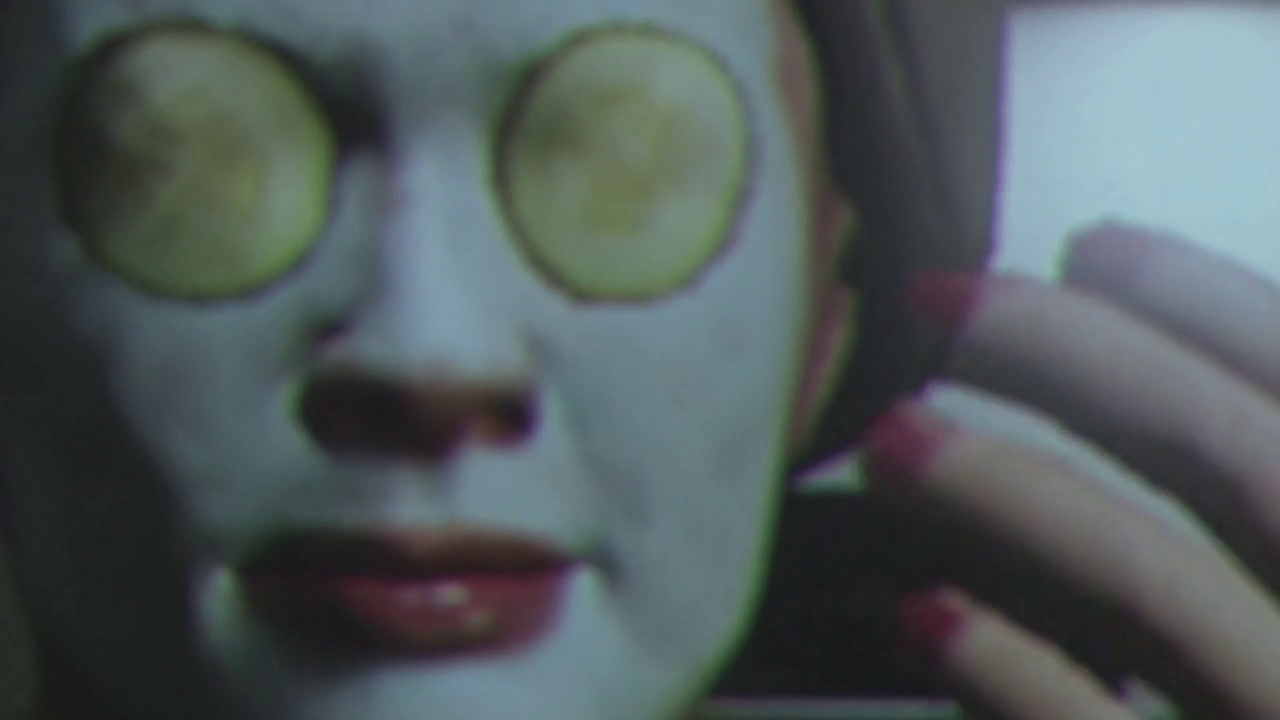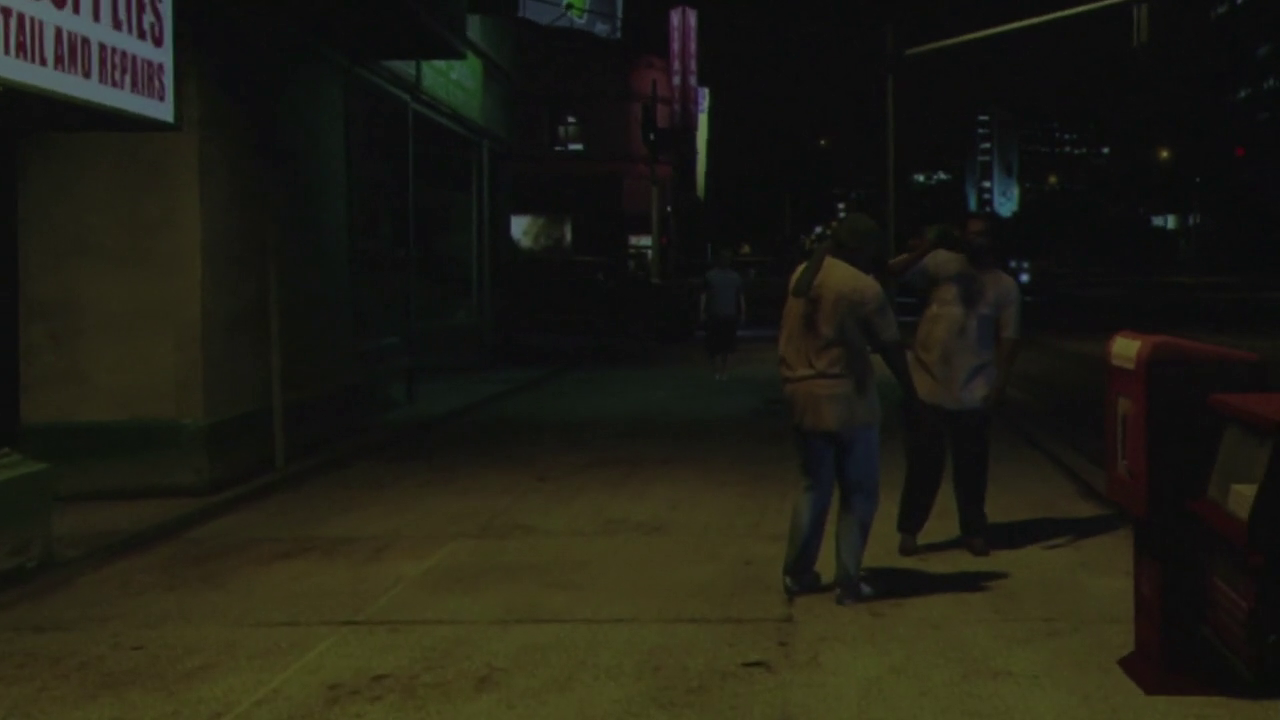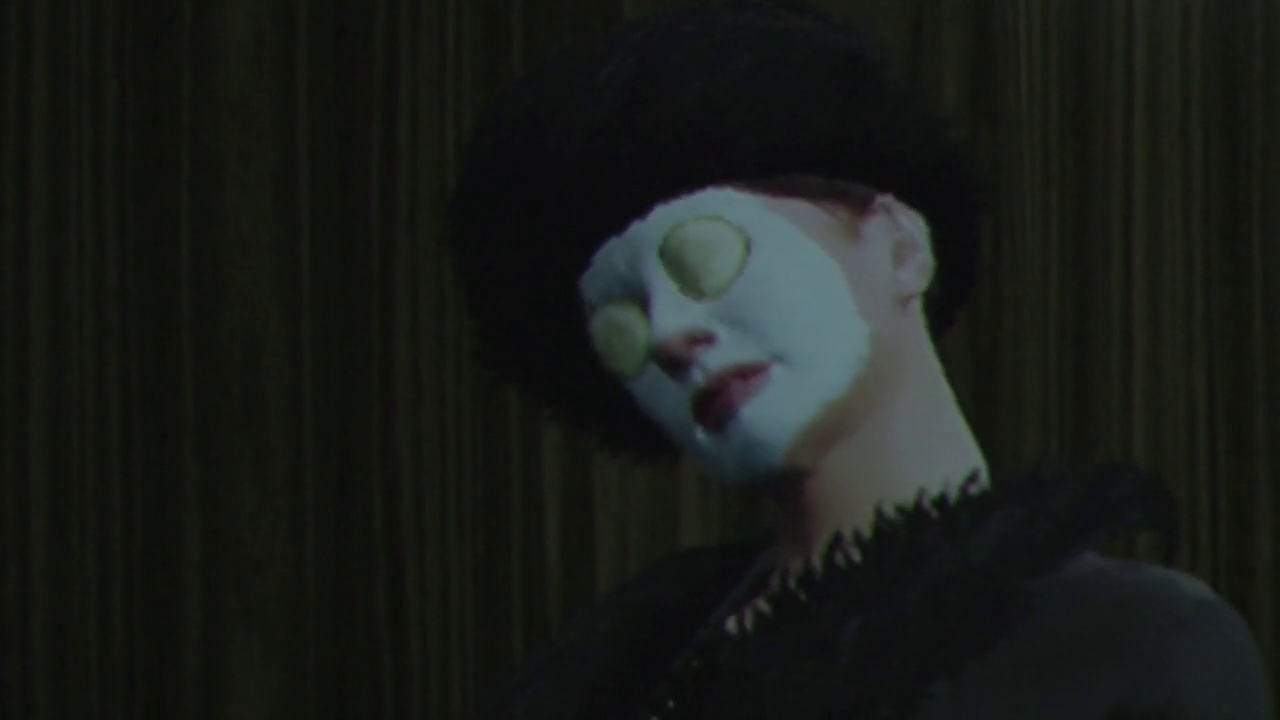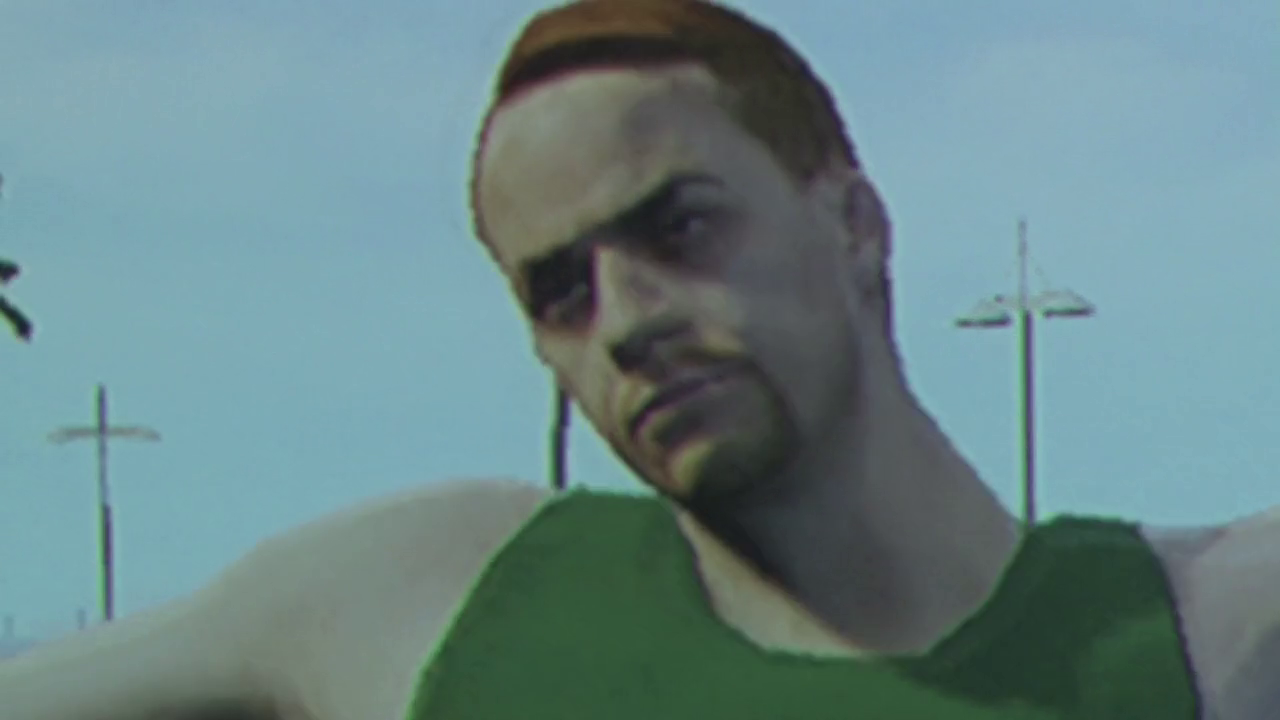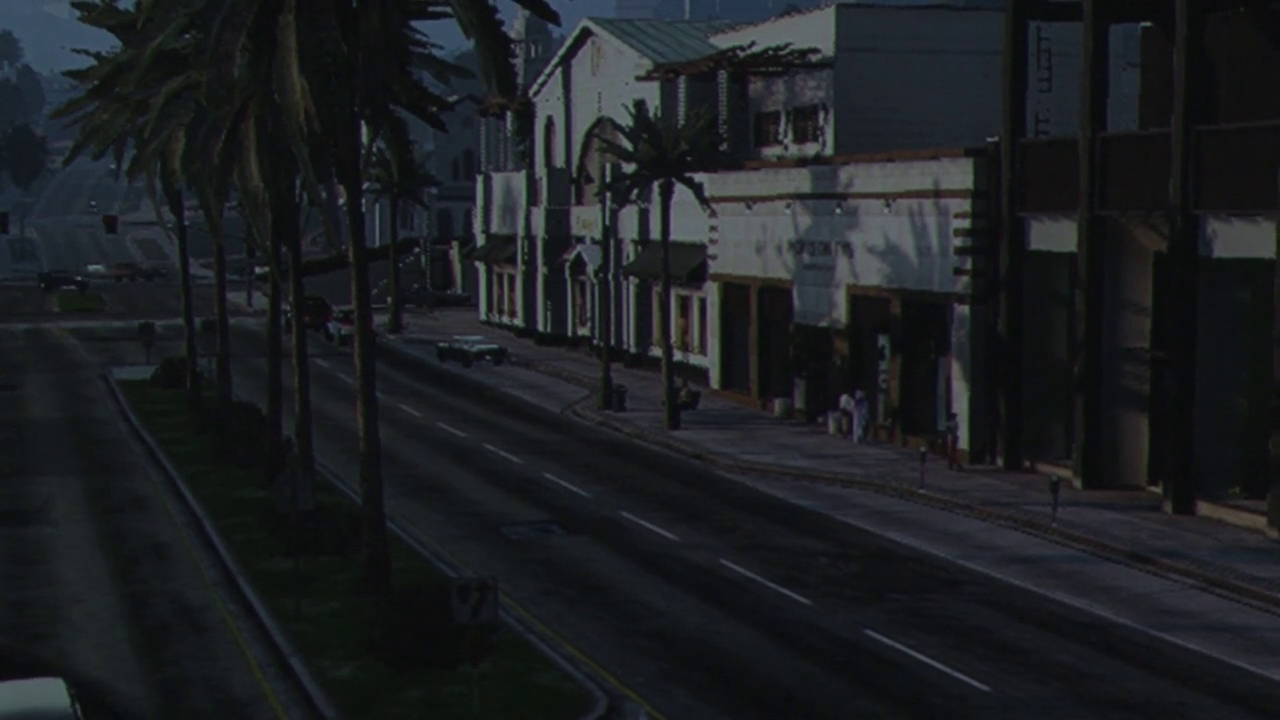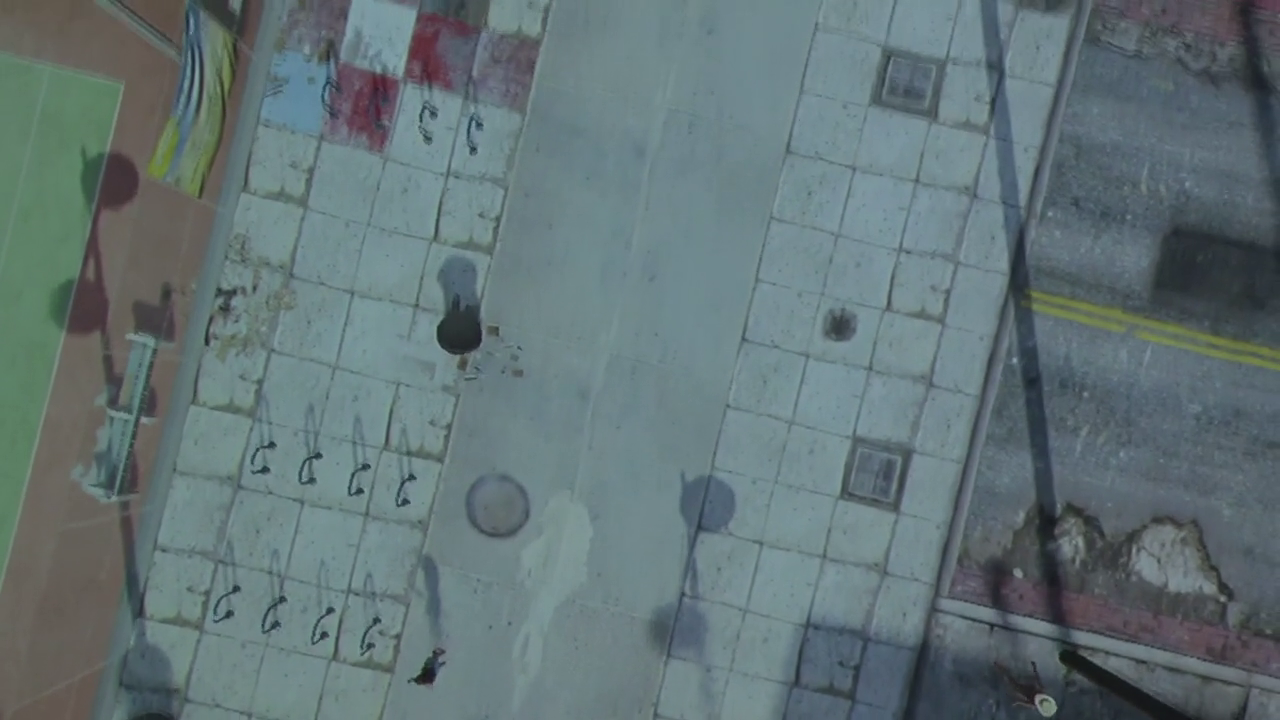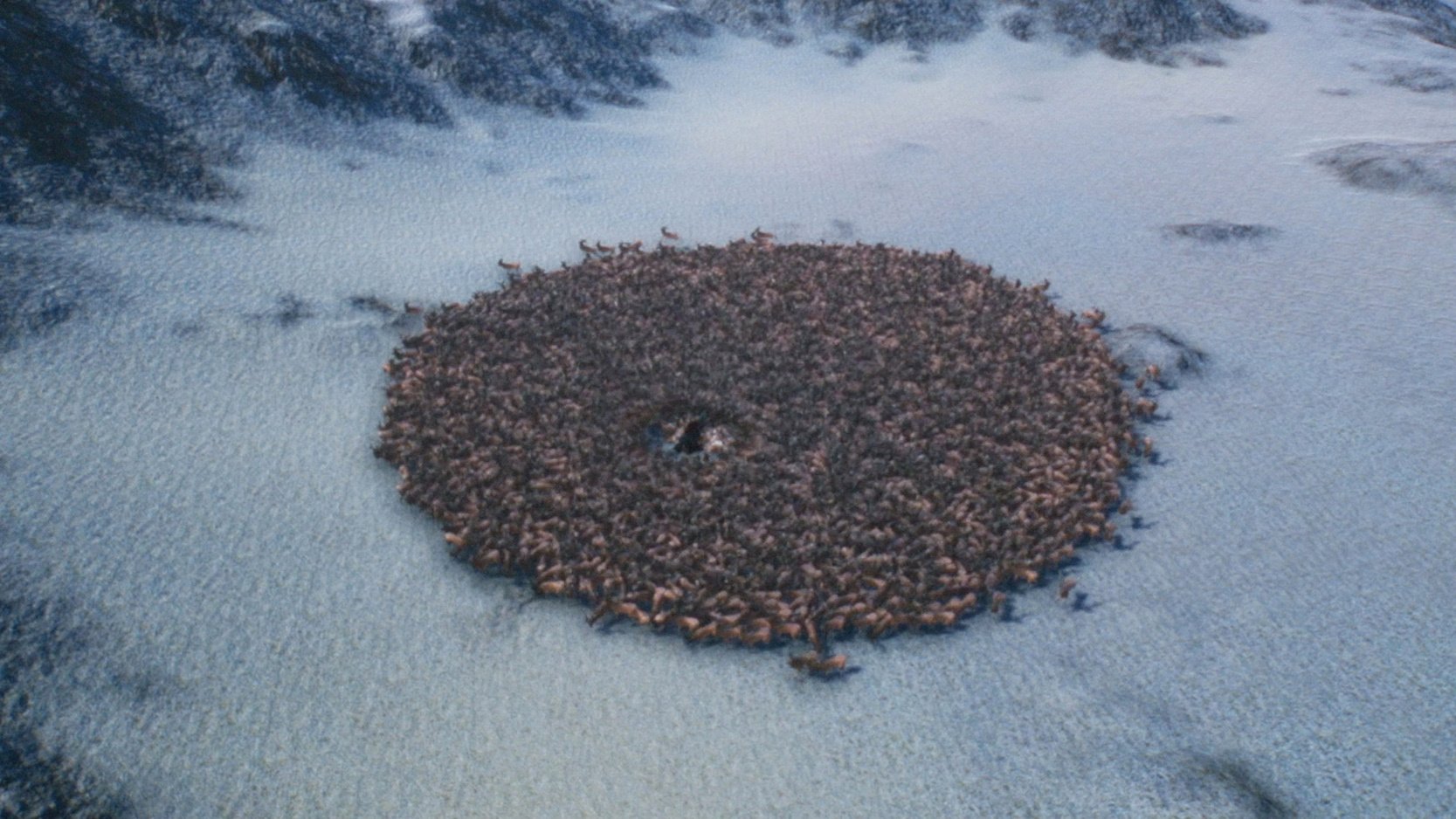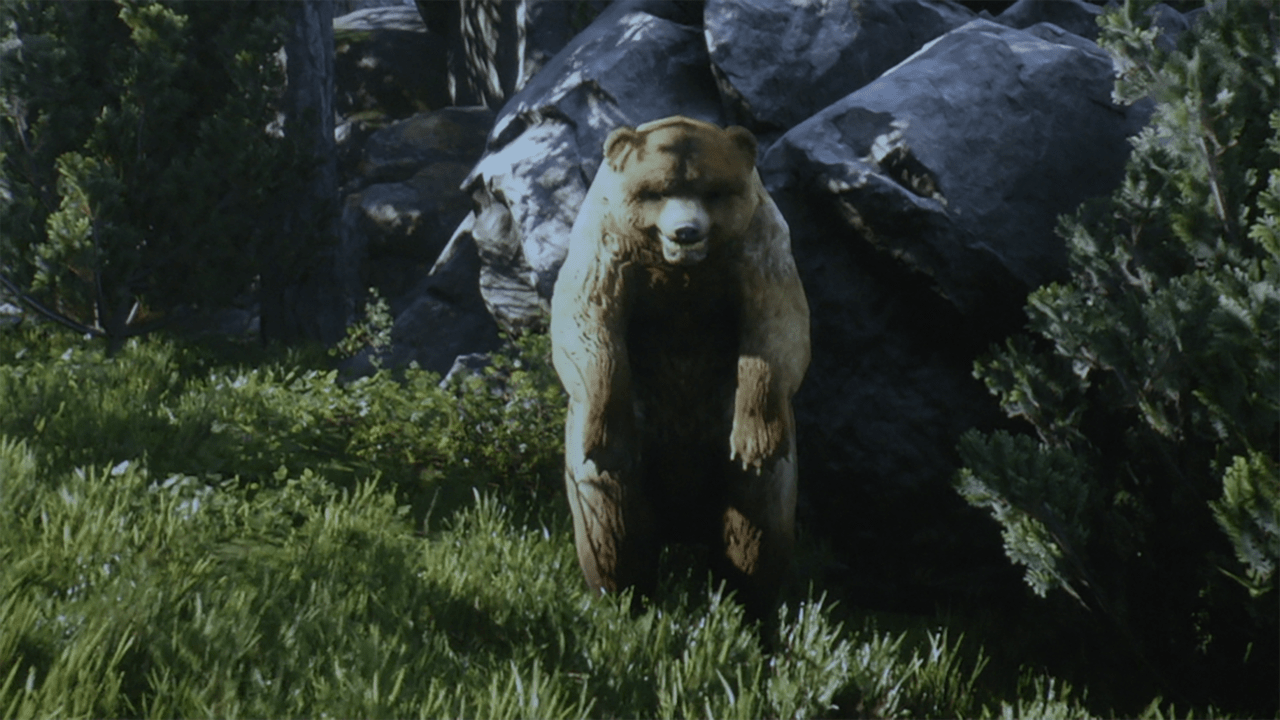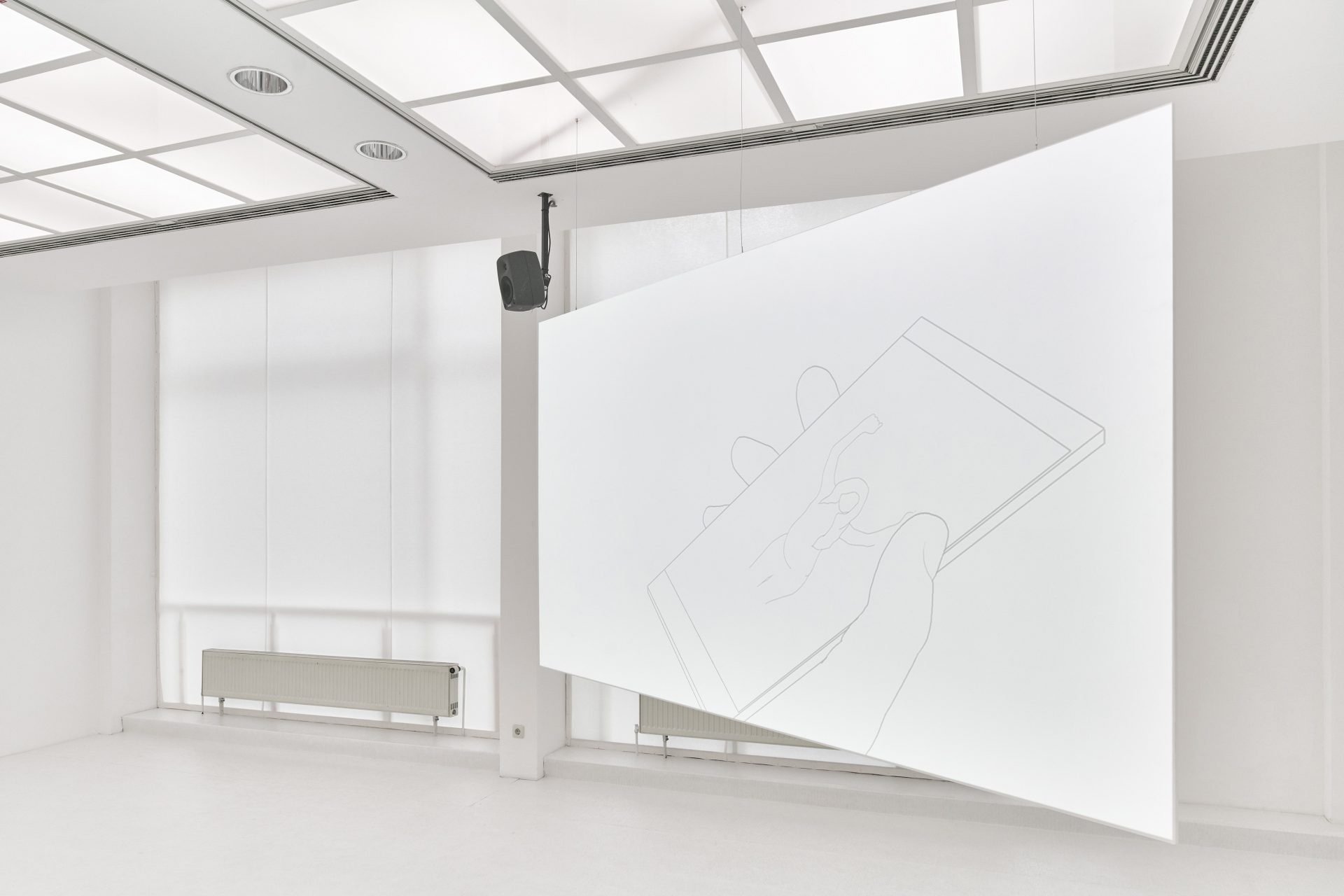VRAL is currently exhibiting Aleksandar Radan’s This water giver back no Images. To provide context to this remarkable work, we are discussing the Serbian-German artist’ oeuvre. Today we take a closer look at In Between identities.
With his groundbreaking machinima In between identities (2015) and the subsequent video installation This water gives back no Images (2017), Berlin-based filmmaker Aleksandar Radan established himself in the mid-2010s as a rising talent probing the porous boundaries between concrete and virtual spaces. Appropriating assets from blockbuster games like Grand Theft Auto V, Radan constructs eerie, liminal worlds where meaning frays, and questions of identity become as glitchy as the discordant landscapes he frames.
Originally presented in April 2020 as VRAL #2, In between identities sees Radan hijack GTA V, rewriting portions of code through modding to direct lonely avatars stripped of context, narrative, and purpose. Bereft of missions, these figures wander a murky, humid, deserted city, their awkward movements and apparent disorientation at odds with the usual bombastic pace of the “conventional” gameplay. Dressed incongruously in bathing suits or fur coats, slicing cucumbers over their eyes, the mute characters perform uncanny rituals before mirrors and displays. Repeated motifs like photographs and screens highlight themes of fragmented selfhood and surveillance. Radan’s fixed camera angles hold uncomfortably long on incidents of mundane absurdity as his non-player characters break scripted behaviors. Static shots are interrupted by the camera’s jerky movements as the artist is filming the computer monitor where the action is unfolding, zooming in and out abruptly, rather than recording the game footage via a dedicated card. The removal of soundtracks enhances the sensation of drifting outside reality.
This early experiment crystallized Radan’s impulse to short-circuit gaming conventions via artistic intervention…
Matteo Bittanti
Works cited
Aleksandar Radan
In between identities, digital video, color, sound, 8’ 50”, 2015, Germany
This water gives back no Images, 3-channel video installation, 6’ 12”, loop, 2017, Germany; presented on VRAL as a single-channel digital video
All images courtesy of the Artist
This is a Patreon exclusive content. For full access consider joining our growing community.

